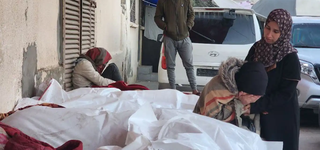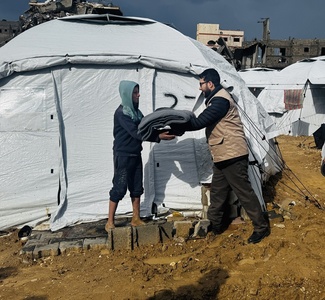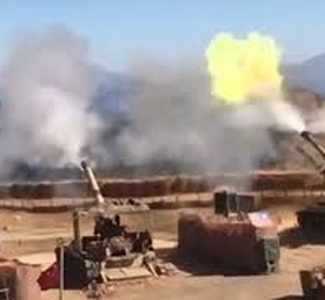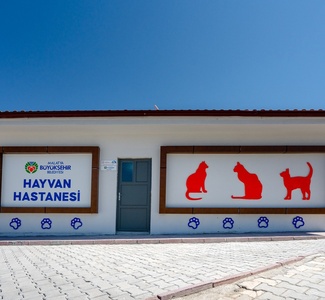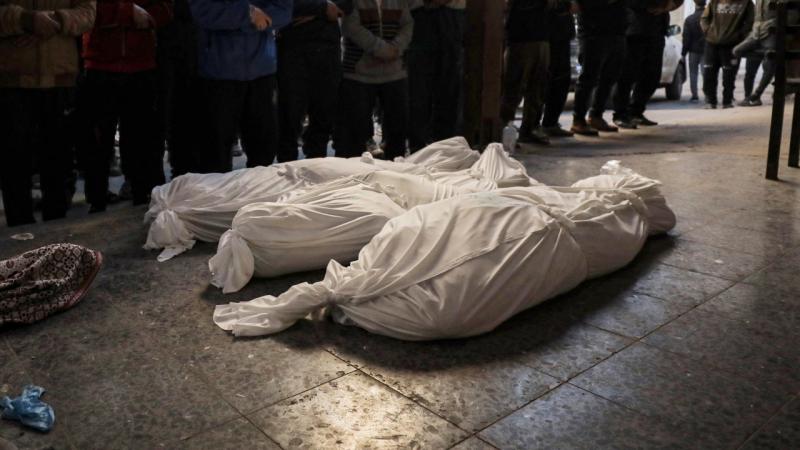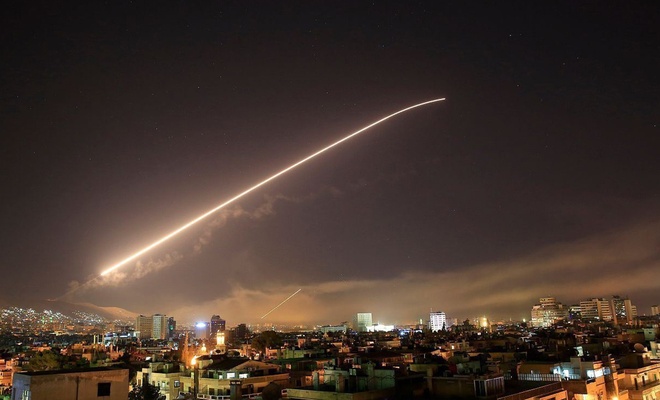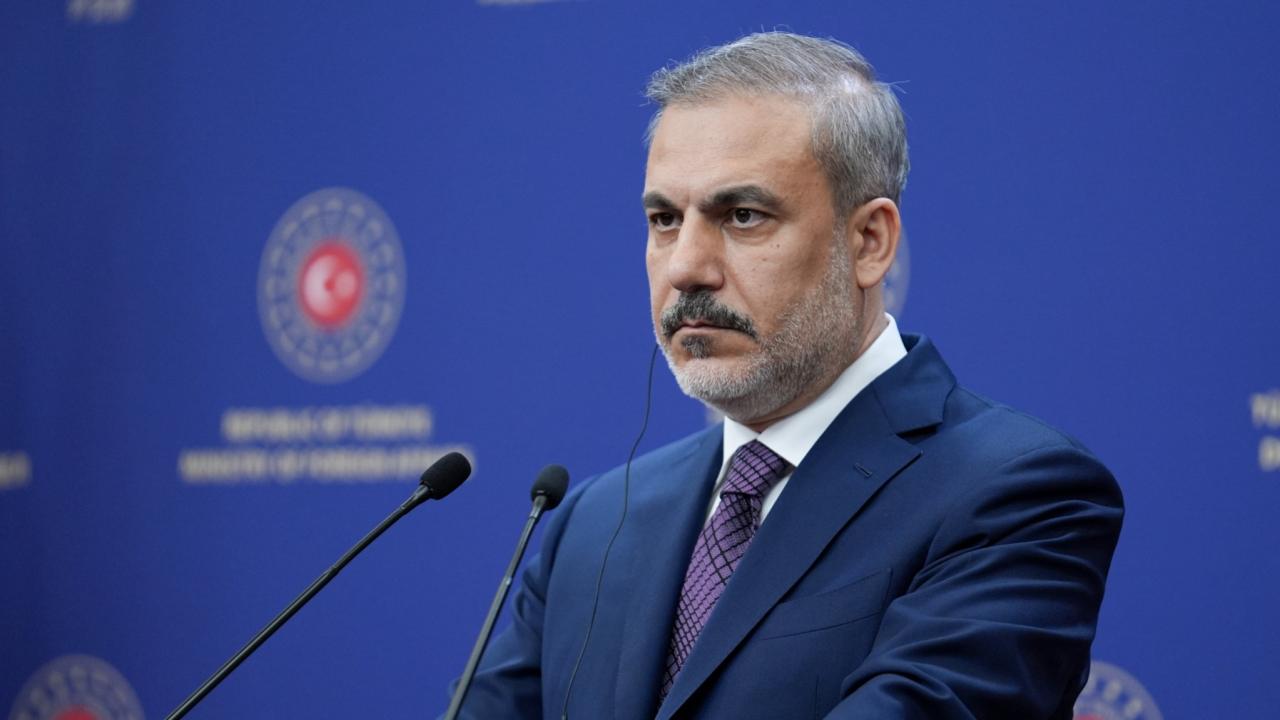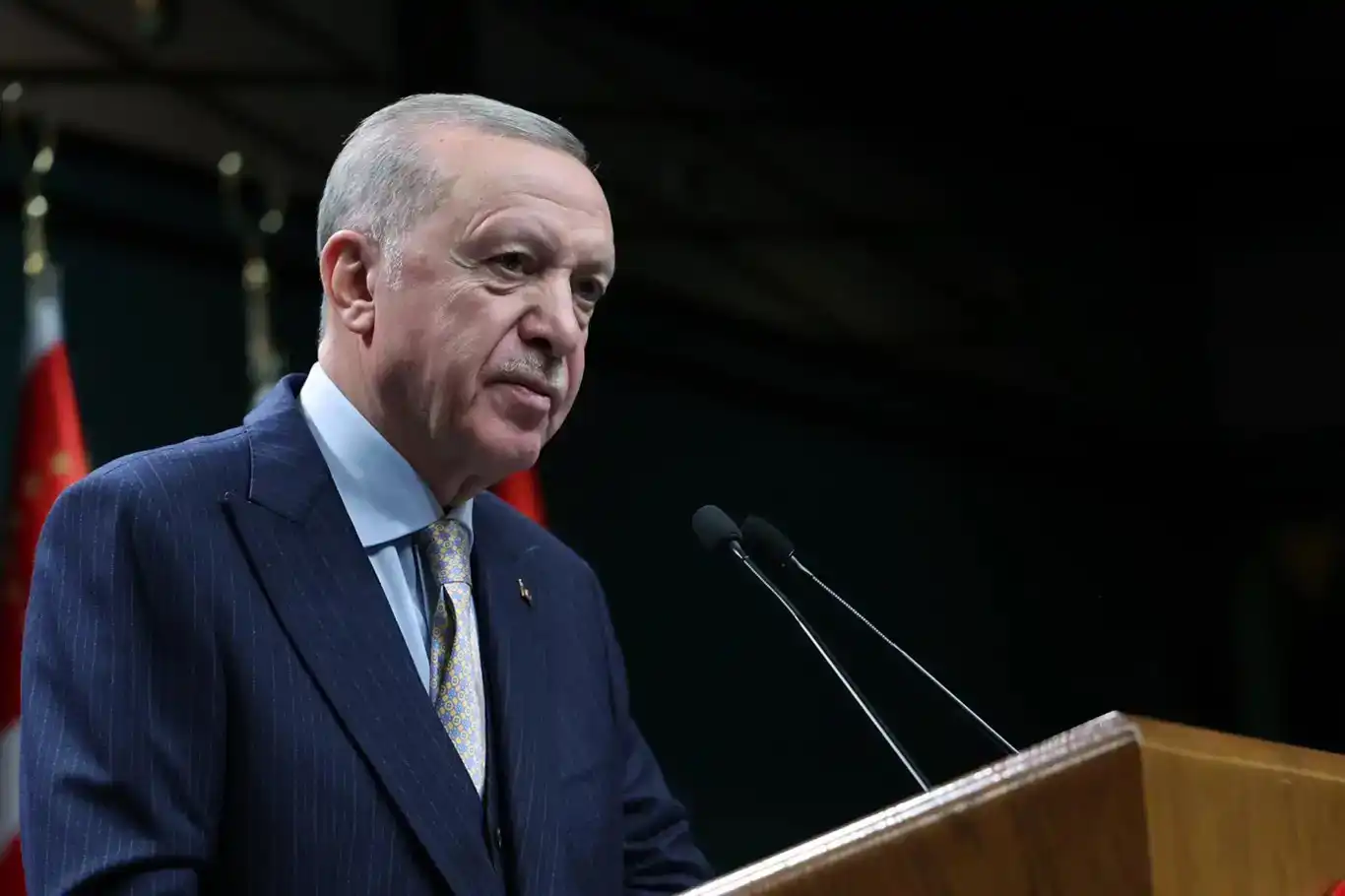Türkiye grapples with major counterfeit dollar scandal
Türkiye is embroiled in a significant counterfeit dollar scandal, with billions of fake U.S. dollars believed to have entered the country.
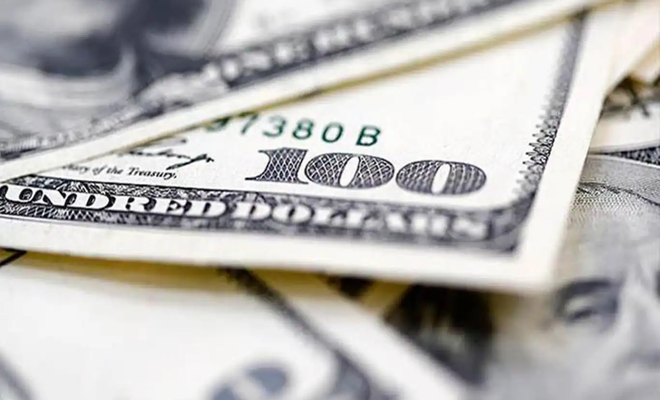
 Google News'te Doğruhaber'e abone olun.
Google News'te Doğruhaber'e abone olun. The incident has led to widespread panic and disruptions in the banking and currency exchange sectors.
The scale of the counterfeit operation is alarming, with initial estimates placing the amount of fake currency at around $600 million, though newer reports suggest the total may surpass $1 billion. In response to the crisis, banks and currency exchange offices have suspended physical dollar transactions, heightening uncertainty in the currency market.
Experts warn that the counterfeit bills are of such high quality that they are nearly impossible to distinguish from genuine U.S. dollars without close inspection. While machines often fail to detect the fake bills, specialist manual checks are able to uncover the differences.
The counterfeit dollars were initially smuggled into Türkiye through its southeastern border, primarily targeting popular tourist destinations like Antalya, Izmir, Gaziantep, and Istanbul. One of the first major incidents involved a large cryptocurrency transaction in Antalya where fake bills were used to purchase Tether.
The high quality of the counterfeit notes has made it difficult to detect them using automated machines. Experts warn that only detailed manual inspection can reveal the subtle differences between genuine and fake bills.
To address the crisis, Turkish authorities have launched investigations and arrested several individuals linked to the illegal operations. Banks and currency exchange offices have temporarily suspended physical dollar transactions to mitigate the risk.
In response, the Banks Association of Türkiye (TBB) has issued a statement confirming that money counting machines, counterfeit currency detection systems, and ATM machines are being checked and updated to prevent the circulation of fake bills.
The Central Bank of the Republic of Türkiye (CBRT) has also assured the public that it is working closely with judicial authorities to combat counterfeit currency. The CBRT has conducted expert analysis on the counterfeit bills and has shared its findings with the relevant authorities and banking sectors.
As the investigation unfolds, the full extent of the damage caused by the counterfeit dollar scandal remains to be seen. The incident highlights the need for increased vigilance and advanced security measures to combat currency counterfeiting. (ILKHA)






























